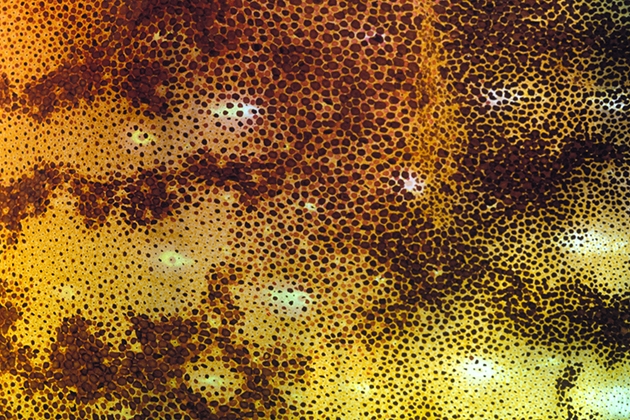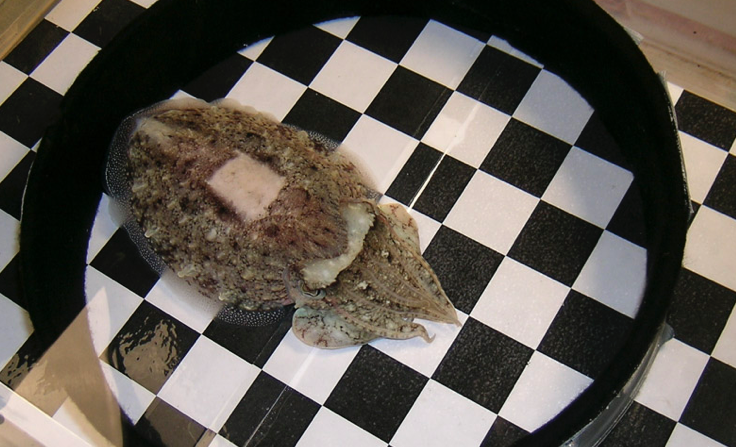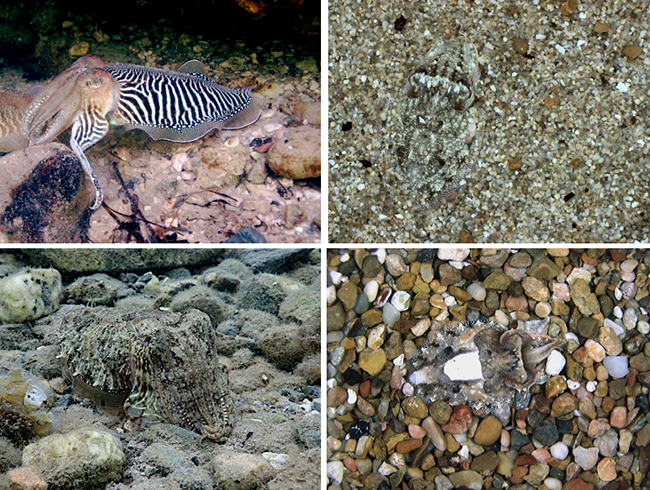Dynamic Camouflage: Behavior, Visual Perception and Neural Skin Patterning in Cephalopods
Spring Quarter: May 6 - 24, 2024
Instructor: Roger Hanlon (MBL)
UChicago Course Number: BIOS27752 / NSCI21530
Course Description:
This course takes an integrative approach to understanding a neurally controlled system of dynamic defense against visual predators. Camouflage is a widespread form of defense throughout the animal kingdom in every known habitat - land or sea. In the oceans, cephalopods (cuttlefish, octopus, squid) have evolved a sophisticated sensorimotor system called Rapid Adaptive Coloration, which can instantaneously change their total body appearance within a fraction of a second to range from highly camouflaged to startlingly conspicuous for a wide range of behaviors. The forms and functions of this dynamic system will be teased apart in integrative fashion in a top-down approach from ecology to organismal biology to organs, tissues and cells. The course touches on neural anatomy, sensation, visual perception (including psychophysics) and animal behavior. There are applied biology aspects of this system that will be presented as well, and all of these features align well with the stated goals of the NSCI curriculum.
This course complements other neuro courses at MBL and Chicago in that it focuses first on organismal and ecological levels (i.e. large-scale functions), then works progressively deeper by studying sense organs (eyes and perception), brain decision-making, and the peripheral nervous system that controls colorful skin organs and cells that are dynamically actuated.
Learning Objectives and Outcomes
By the end of this course, students will have experience working with charismatic marine animals (cuttlefish, squid, octopus) and studying field video of them in a natural context to help provide the broad framework of why and how camouflage functions. This will guide them to design laboratory experiments to elucidate the visual algorithm that cuttlefish use to decide which camouflage pattern to deploy. Specifically, they learn how to develop specific questions about “neurobiological short cuts” that enable such swift visual sensing of complex visual microhabitats. Then students (in small groups learning teamwork) design the experiment, construct the tank design and camera setups, create natural material substrates, design and print psychophysical substrates, and troubleshoot all the logistics associated with this live animal bioassay. They will analyze each experiment and adjust the hypotheses and questions, then refine and repeat the experiments. The instructors and TA will be able to witness the entire process and will confer and take notes on each student’s performance. Much of this is hands-on work that follows the intellectual portion of figuring out the most parsimonious experimental design to answer a specific question. This portion of the class is strongly project-oriented and involves animal husbandry, animal behavior, visual perception, psychophysics, lighting, photography, data transfer and analyses in Matlab, etc.
The substance is visual perception: which aspects of background color, contrast, brightness and pattern dictate the camouflage pattern that is decided upon by higher motor centers in the brain. The beauty of this experimental paradigm is that the cuttlefish skin pattern provides the answer without any physical intrusion into the brain. That is, the skin pattern is a visible and quantifiable readout of brain motor output.
The form has been described above: interpretation of each experiment demands modification of the background pattern design to refine the questions being addressed. A lot of thinking required.
In Week 1 Hanlon will team up with Dr. Charlie Chubb of UC Irvine. He and R. Hanlon have published together extensively the past two decades and he is currently a Co-PI on a grant with R. Hanlon. Dr. Chubb is an expert in human vision using psychophysics methods to assess visual perception. His involvement in the course will enable the students to use unnatural visual pattern backgrounds to test details of cuttlefish camouflage and students will incorporate psychophysics methods into their experimental designs.
In Week 2 students will be immersed in live animal behavioral experiments complemented by a deep review of germane camouflage experimental papers.
Week 3 will be led by Stephen Senft of the Hanlon lab and Trevor Wardill of U Minnesota (he also works at MBL every summer and collaborates with R. Hanlon on current grants). The aim is to introduce students to pigmentary and structural coloration skin elements, their dermal anatomy, and their neural control. Students will have ample opportunity to test various neurotransmitters that activate different colorations and there will be some low-grade extracellular neurophysiology rigs to stimulate different cell types.
Course Structure
Short talks by faculty and the TA on the concepts and questions being addressed will occur weekly. This classroom format will include discussion and question/answer periods for the benefit of the students. Readings will be assigned so that the hands-on portion can be understood.
Demonstrations of live animal experiments will be conducted to inform the students how to handle animals, design lighting, acquire imagery data, etc.
Lab work in this course is very hands-on with live cephalopods, but also includes work with photographic/video data, skin preparations, etc.
Student Research Projects: Students will be fully immersed in research projects for the entire 3-week course, working in teams of four on live animal behavioral experiments and singly, or in groups of two, on skin electrophysiology and neurotransmitter experiments in the lab.



